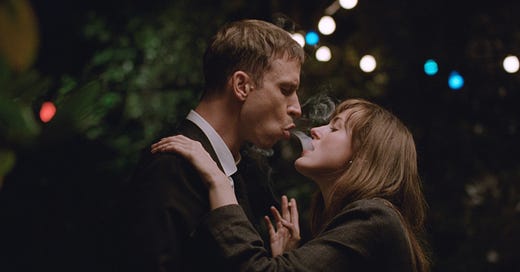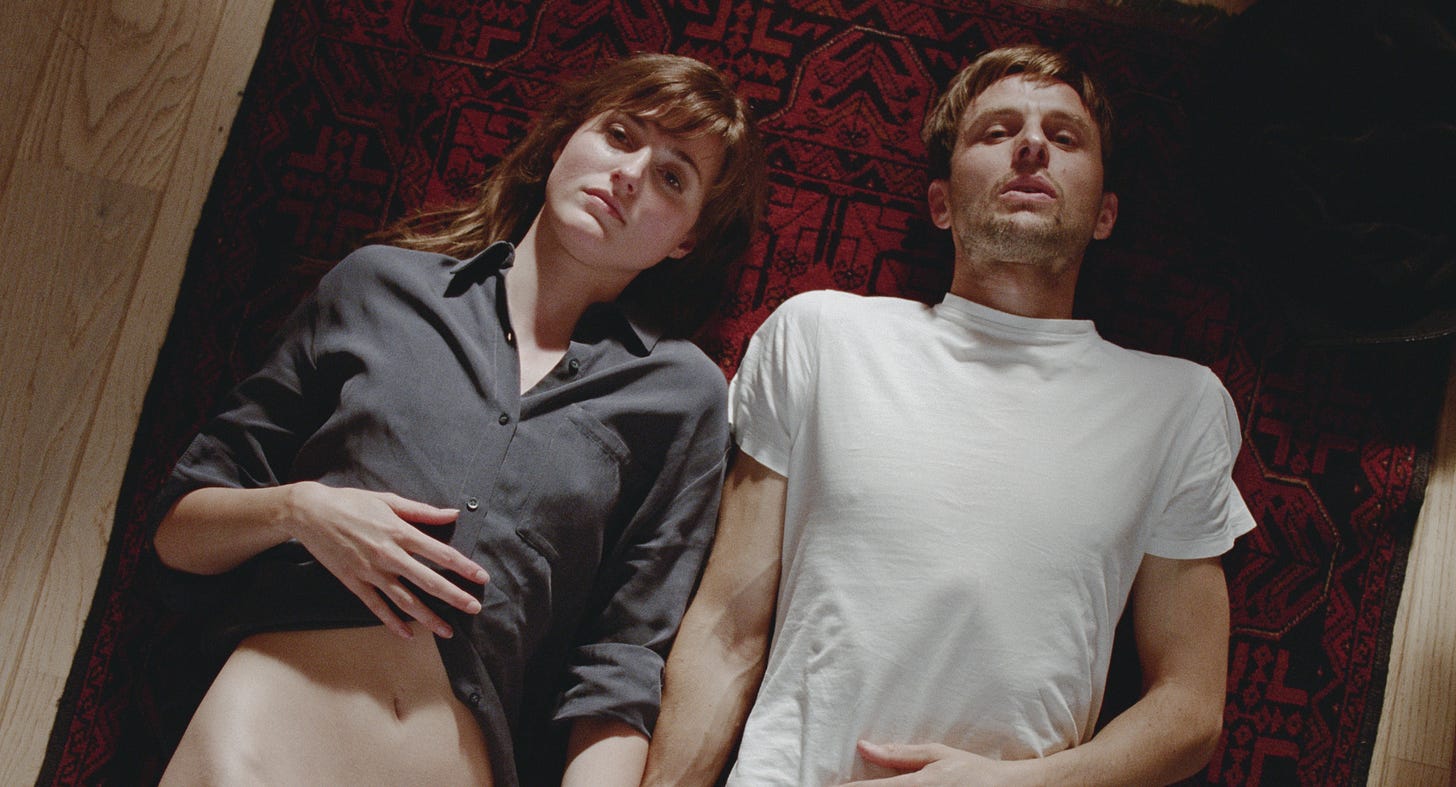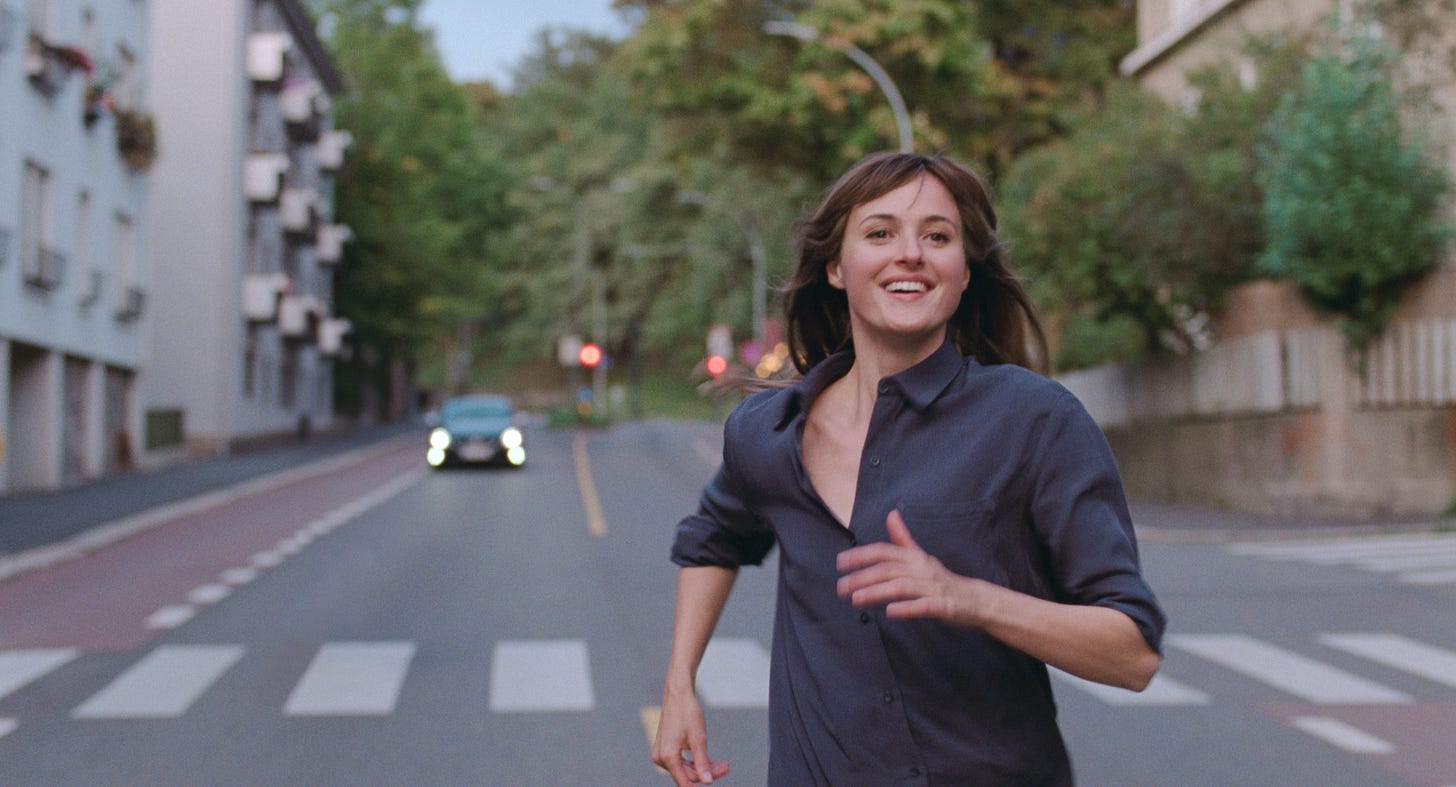Spoilers for The Worst Person in the World (2021)
After seeing The Worst Person in the World when it was released in cinemas back in 2021, it quickly ranked as one of my favourites of that year. I was so caught up with the wonderful lead performances and the beautifully told story, that I wasn’t particularly analytical about it.
This changed after a conversation with my good friend, and fellow WIAS? contributor, Laura. Where I had seen a perfectly balanced mix of drama and comedy, following the various challenges that Julie (Renate Reinsve) faces in her professional and private life, Laura saw a microcosm of everything a young woman can go through. Deftly condensed into a four-year period, she saw the relationship trials, the dissatisfaction, the pregnancy scares and family arguments, and the feeling that time is somehow running out, that all women face. Issues made infinitely harder by the prevalence of social media and 24-hour news.
When it came time to revisit The Worst Person in the World, I went in with a more analytical view. It’s still a wonderful film, with the lead cast firing on all cylinders and writer/director Joachim Trier showing a huge amount of inventiveness to retell the traditional romantic comedy in a way that resonates with a young audience facing a whole new set of problems.
For me, one scene clearly stood out. Julie, bored and unsure of herself at a party to celebrate her boyfriend’s latest graphic novel, heads home but is drawn into a wedding celebration where she meets Eivind (Herbert Nordrum). Eivind is also in a relationship but there’s a clear physical attraction between the two and this sets in motion a heightened scene of flirtation as they explore the boundaries of each other’s relationships.
When it comes to film, physical cheating is far easier to depict. You know the characters have partners, you show physical attraction between two people, and you jump cut to them in bed, or kissing in a hotel corridor. The actual physical act of cheating fits so nicely into the ‘show, don’t tell’ methodology. It also acts as a shortcut for character development; it can show that our lead needs to cut back on their drinking because they make stupid, one-night mistakes; or it can show that the character in question is no good because they make a habit of sleeping around behind their partner’s back.
More difficult to show, yet far more relatable, is the idea of emotional cheating. Developing an undeniable connection with someone that makes you question your current relationship. I would imagine that most people have experienced this sort of thing at some point in their lives. Physical attraction is completely natural, but we often have to put boundaries in place to stop an emotional connection. Julie and Eivind don’t kiss in this sequence, they don’t sleep together in a drunken haze. They bend the rules. Retain their faithfulness but only just.
In line with what Laura told me about the film acting as a microcosm, the sequence at the party is clearly exaggerated. The connection between Julie and Eivind builds rapidly and by the time the sun rises, they have almost enacted an entire relationship. They acknowledge their connection almost straight away and make it clear that they are not going to cheat.
Julie: Nothing’s gonna happen.
Eivind: Of course not.
Julie: I’m with someone I love.
Eivind: Me too. And I can’t stand cheating. I’ve been there. Never again.
Julie: Right, cheating is…
Eivind: No good.
Julie: But where do you draw the line?
Eivind: You can feel it.
Instead, they spend the party attempting to push that line, playing an incredibly intimate game of truth or dare. Some parts could be a drunken conversation between friends. They share secrets and talk about the world. At other points, they question whether you can hurt someone when you’re not in love with them and proceed to bite each other.
As the dares become more intimate, their connection grows. They smell each other’s sweat because it isn’t technically cheating. They watch each other urinate, and they stand just a little too close because, at the end of the day, it isn’t cheating.
In a moment that would be used for the promotion of the film, Julie inhales second hand smoke from Eivind as they hold each other. Shot in slow motion, with the smoke furling around them, it’s a beautiful image. The camera closed in on them to make it seem like there is no one else in the world. It’s a motif that Trier revisits later when Julie freezes time to spend a day with Eivind. Their connection is so strong that no one else matters at that moment.
The party scene is heightened, and clearly not what many of us will have experienced. But it’s also relatable because at some point in our lives we will have this sort of connection with someone, where due to circumstances, it can never be more – or shouldn’t be. A person that reinvents us when our current situations have us feeling trapped and unfulfilled.
While it’s the easier thing to portray, physical attraction is an instantaneous and fleeting thing. At its core, it’s a rather two-dimensional, base instinct. The emotional connection that’s portrayed throughout The Worst Person in the World, and not just here but also in Julie’s relationship with Aksel (Anders Danielsen Lie), beautifully tells the complexity of relationships. About wants and needs.
Julie isn’t the worst person in the world. In a lot of ways, she’s all of us at once.
Director: Joachim Trier
Writers: Joachim Trier, Eskil Vogt
Starring: Renate Reinsve, Anders Danielsen Lie, Herbert Nordrum









